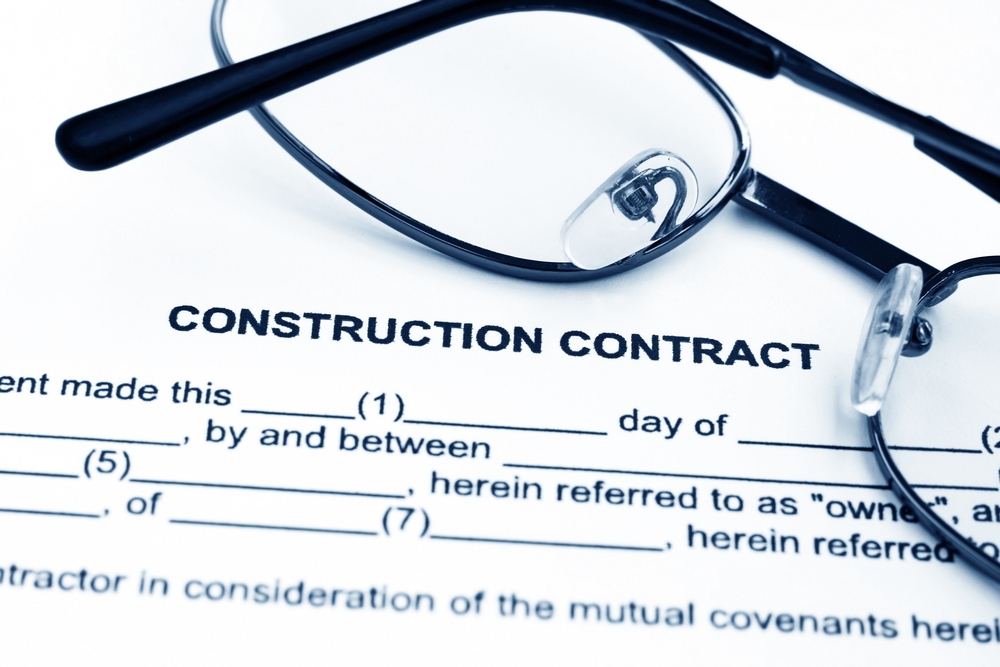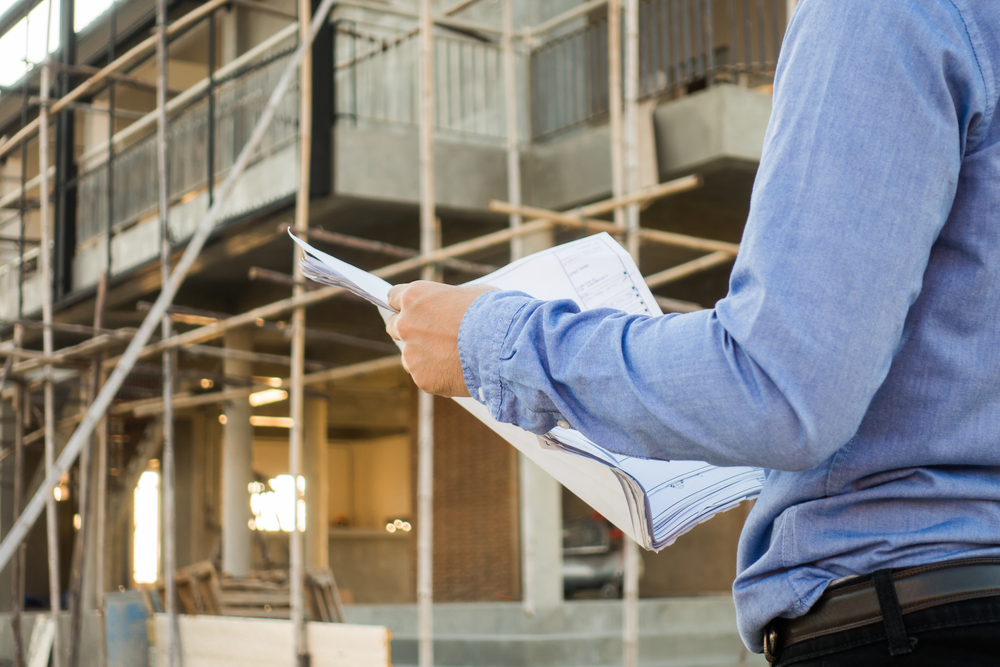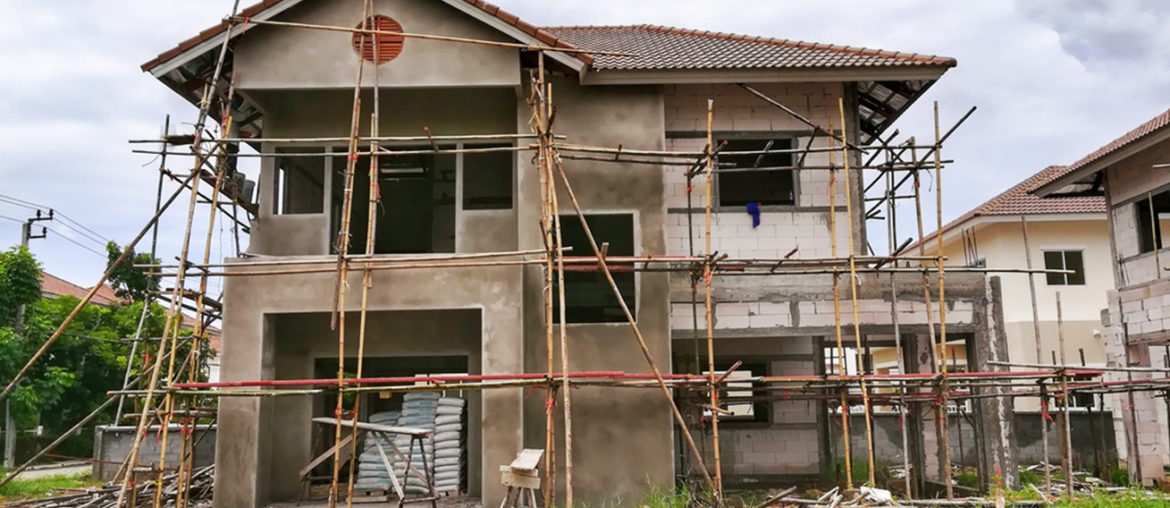Have you or any friend of yours gone through extraordinary challenges during the construction of your dream home? Has that dream home you’ve been obsessing over brought you some unforgettable nightmares? Here’s some news: You are not alone.
My experience with having my house constructed was one for the books. My thoughts were, ‘Oh, I have a contractor, he will take care of all the headaches and I will just have to tell him what I want, right?” Uhmmm…not quite. I couldn’t be more wrong. You see, the whole build-my-dream-home thingamajig can be very tricky. Of course it’s a given that we had to make sure that we already had the necessary budget to complete the whole project, but there were so many things factors to consider and construction economics is only one of those.
Let me run you through some of the major concerns that should be considered from Day 1:
1. The right choice of architect and contractor is key.
Do a lot of research before making a decision.
Read up or ask friends for referrals. Make a shortlist of the architects who you feel you would be most comfortable to work with, including ensuring that you and the architect are on the same page when it comes to the type of house you want to build. For starters, it does not make good sense to work with one who is known for building ornate structures when you are visualizing a modern and minimalist home for your family. There is a huge possibility that you may not achieve the look that you want.

An architect usually has a default contractor partner. This can be an advantage because the last thing you want is friction and conflict between the two people who will actively collaborate on your dream home.
If you have an architect and contractor, and this is the first time they will be working together, try to feel the working chemistry between the two. At the very least, there should be mutual respect and professionalism between them, because believe me, conflicts between your architect and contractor will arise during the construction phase, and you don’t want the stress of having one just drop out of your project because he can’t stand working with his partner anymore.
2. Have a contract notarized.
Drawing up a contract is imperative.

In my case, I allowed my contractor to draft the contract, but I made sure to thoroughly read the provisions stated. While our contractor was an amiable guy, the completion of the house was delayed for months because of various laborers’ issues from the contractor’s end and he ended up penalizing us for the delay. We had to revisit our contract which stipulated that the contractor cannot charge for delay caused by his team, and I readily pointed out to my contractor that this provision in the contract originated from him. This saved us a serious amount of moollah. We could not be compelled to pay for something that was not our doing.
3. Push for a structured payment process.
I personally call this the 4Ps – project’s periodic progress payment. How does this work? For sure, a contractor cannot be expected to bank roll the full construction cost of your home. But do make sure that for both your mutual benefit, release your payments only based on the progress of the construction done. It is expected of you as the client to give an initial down payment to cover for the initial stage of construction, e.g.. buying materials, processing permits, etc. Expect to fish out several installment payments during the construction which may also be covered by larger, lump sum payments on the progress of milestones, depending on your initial agreement with your contractor/architect. This agreement on payment terms is crucial to the success of your collaboration.

My mistake was that I was too trusting and shelled out a substantial amount upfront. This resulted to a quick-paced, enthusiastic work in the initial phase which was not sustained. Suffice it to say that the initial energy started to sag halfway through construction. It turns out that my contractor had other projects which needed financing and he used part of our initial down payment for his other projects. This led to materials not being delivered promptly and laborers not being paid on time. And what does non-payment to workers mean? You got it, work stops.
4. As much as possible, deal with the contractor directly.
It reached a point nearing my home’s completion that it was getting more difficult to get hold of the contractor, and things were at a standstill. So I took matters in my own hands, and started giving direct orders to the workers. Wrong move.

One thing led to another, and I found myself saddled with issues like ‘Mam, pabale (salary advances), attitude and personal problems (drinking, unprofessionalism), and even petty thievery (I experienced during one site visit being greeted by the sight of one worker hauling an extra door (yes, an actual door!) onto his padyak or side-car, giggling like a kid with his jackpot loot (ok, so how I reacted to this unfortunate incident is another story). I’m just too thankful that this was an isolated case, and the other workers were being true to their job.
I realized belatedly that I was not equipped to handle the detailed dealings in a construction set-up. Eventually, we were able to iron the kinks with the contractor and I was just too happy to turn over the minute details back to him.
5. Check and ensure timely delivery of standard-level materials.
It would work to your advantage if your contractor knows that you are aware about the schedule of delivery of materials. This will also push him to be prompt in ordering. Make sure also that the materials being delivered are of the acceptable standard. I experienced ordering from a hardware and specifying a certain size of steel round bars, to which I was asked this question, “Mam, yung standard po ba o yung hindi? Magkaiba po kasi ang presyo nun. (“Mam, is it the standard or non-standard. They are priced differently.”) I was dumbfounded. Apparently, this was “the norm”. There was also this time that I had to insist and push for the use of Boysen paint. Don’t hesitate on the quality of the materials you want, as long as it’s within reason. It is after all, your home.

I always say that my experiences with having my home constructed could scare off any future homebuilder. There will be episodes of frustration, worries, trauma, which may even bring you to the brink of exhaustion and breakdown.
But once you see your dream home up, built, and completed, aaaaahhh, that is definitely the biggest pay-off. As for me, I wouldn’t mind going through all of it again, and this time, I’ll make sure to keep a close eye on my doors.
Read more about this topic, this time about a contractor’s point of view when building your first home.




